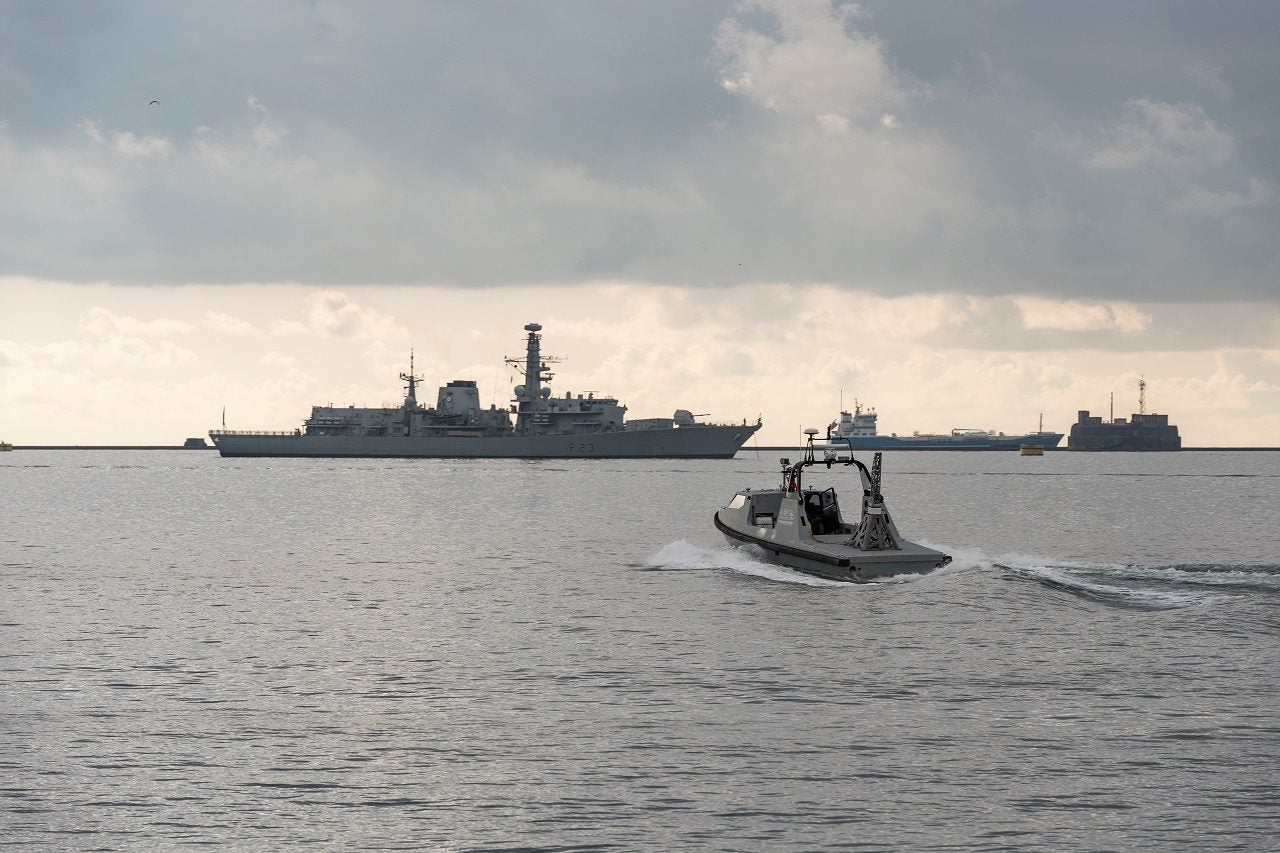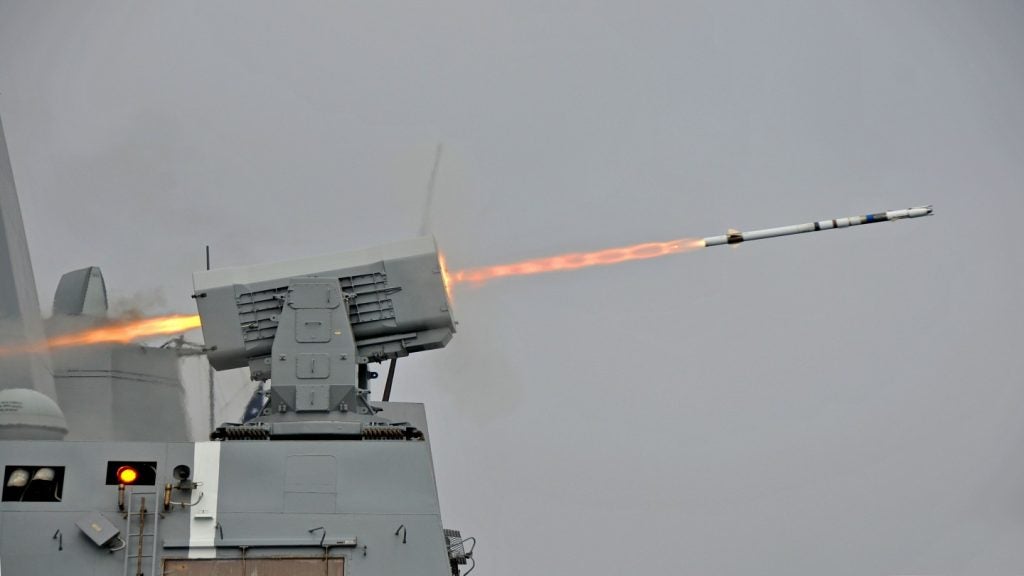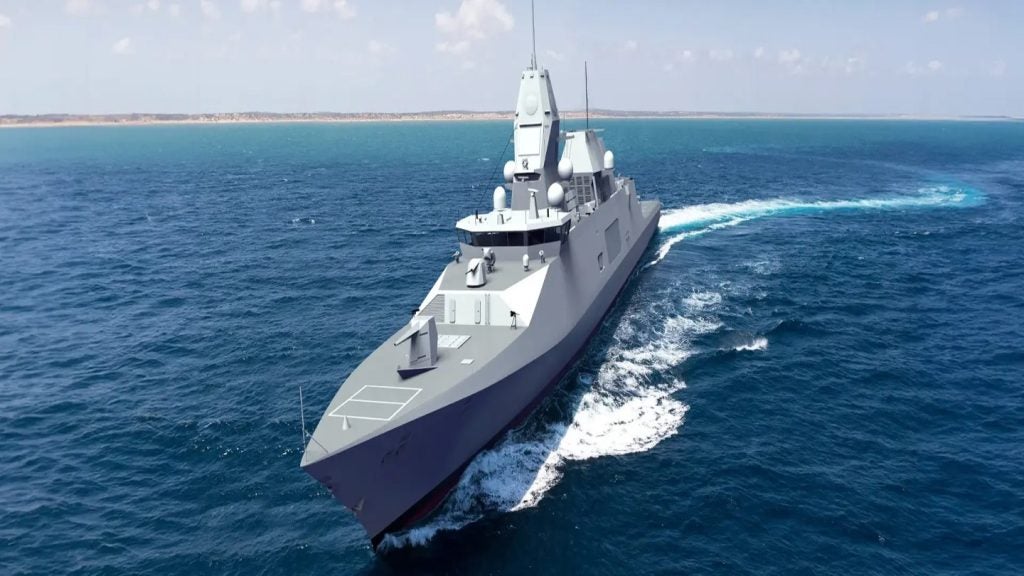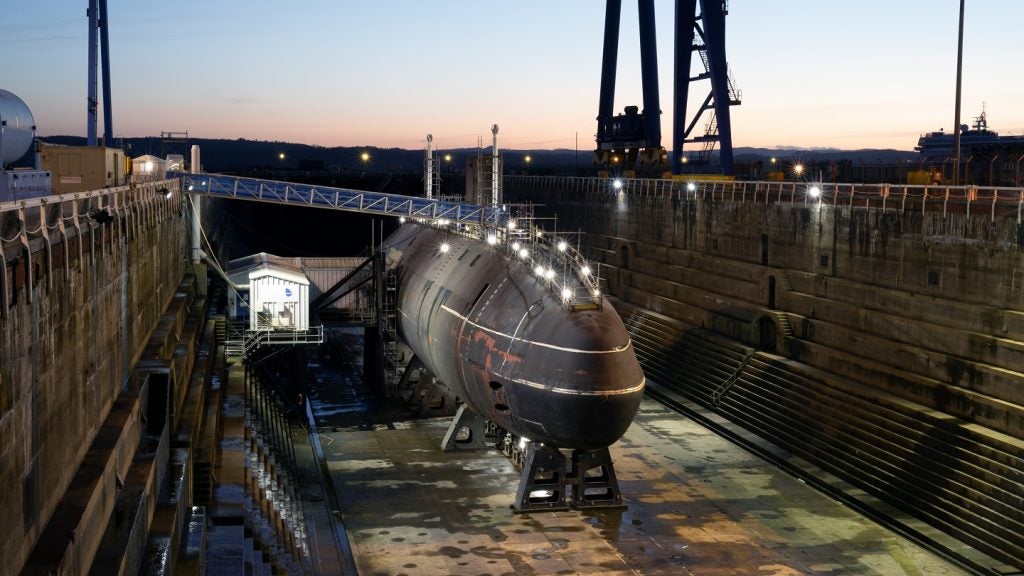
Wars have left waters littered with explosive devices. Procuring and installing mine can cost as little as $3, but the process of removing them can cost up to $1,000.
They cause serious problems on humanitarian, political, economic and environmental levels. Mines are usually laid to cause mass destruction but at sea explosive contamination is also caused by historic air and naval bombing campaigns leaving unexploded devices and ammunition dumping.
Maritime mines pose a constant threat to vessels. In one recent example, on 3 October 2020 the Aframax crude oil transport tanker hit a sea mine that blew a giant hole into its hull. The 100km long oil spillage is caused was visible on satellite images.
Experts at the Center for American Seapower at the Hudson Institute believe that China, Iran and Russia can all be considered potential mine threats. To counter that, navies started developing various countermeasure platforms.
While the US Navy and the Royal Navy traditionally relied on expensive, crewed aircraft and ships for mine clearance, they are working on automated and robotic technologies that could sweep, detect and neutralise underwater explosives.
There are concerns, however, that if the transition to such systems is not managed well, navies could risk losing their mine-hunting capabilities by the early 2030s.
Mine-hunting systems
Northrop Grumman was the first company to field electro-optic mine identification. It developed the first long-range synthetic aperture sonar for mine warfare, the first mine warfare unmanned surface vessel and mine warfare unmanned underwater vessels.
The company’s latest system is the AQS-24C minehunting system. It is built upon the manufacturer’s earlier model, the AQS-24B, that the US Navy operated from a Sikorsky MH-53E helicopter and a USV platform.
The high-speed airborne mine detection system has high-resolution, side-scan sonar for real-time detection, localisation and classification of seabed and moored mines at high area coverage rates. Using a laser line scanner, the minehunter enables precise optical identification.
The manufacturer has delivered a total of 31 AQS-24 systems to the US Navy and Japanese Navy.
The US Navy also uses Raytheon’s AN/AQS-20 advanced sonar system, as part of the Littoral Combat Ship’s mine countermeasure mission package.
The lightweight, hydro-dynamically stable towed body uses four separate sonars and computer algorithms to provide real-time, computer-aided detection and classification of underwater mines.
The different sonar positions mean the AN/AQS-20 can detect and classify threats from the seabed to near surface. The four different modes of operation provided by the system are single-pass shallow mode, single-pass deep mode, volume mine mode and identification mode.
The AN/AQS-20’s precise location and position information can be used in concert with neutralisation systems like the AN/ASQ-235 Airborne Mine Neutralization System or the Barracuda Expendable Mine Neutralizer.
According to Raytheon, operators can tow the AQS-20 at high speed and at depth, locate mines and deploy a Barracuda that will swim up to the explosive and autonomously neutralise it.
The US Navy procured 40 of Raytheon’s system. Both the AQS-20 and AQS-24 will be integrated onto and towed by Textron’s Common Unmanned Surface Vehicle, the Navy’s mine countermeasure USV.
USV mine-hunting
The Royal Navy currently operates six Hunt-class and seven of the newer Sandown-class mine countermeasure vessels. If upgrades and refits go well, the vessels are expected to be operational into early the 2030s, but the navy needs to bring its minehunting capability up to date.
Pre-contract information notice issued in June last year stated that the UK Ministry of Defence seeks to procure three uncrewed surface vessels (USVS) to conduct mine warfare missions for the Mine and Hydrographic Capability programme.
Thales and L3 Harris together built and commissioned the Halcyon USV, a platform to test and develop new concepts of autonomous operation.
Thales also promises to bring to the table a fully-autonomous mine warfare capability that can detect, classify and destroy mines faster than any other device by the second half of this decade. The system will come with uncrewed vessels and a portable operating centre, from which mine-clearing operations could be fully planned, executed and supervised.
The company is working closely with the Royal Navy on the project’s design and development. The solution is built on a number of components that have been tested both individually and together.
The solution consists of one or two uncrewed surface vehicles equipped with a towed synthetic aperture sonar, an uncrewed submersible for classifying the detected thread and another for eliminating the target. All these capabilities are powered by an interactive autonomous engine.
The other USV the Royal Navy trialled during its Maritime Autonomous System Training in 2020 was the 11m long ARCIMS, made by Atlas Elektronik UK. ARCIMS, like its Thales counterpart, can detect and classify mines and other surface and sub-surface platforms. It can operate fully autonomous, remote controlled or crewed.








